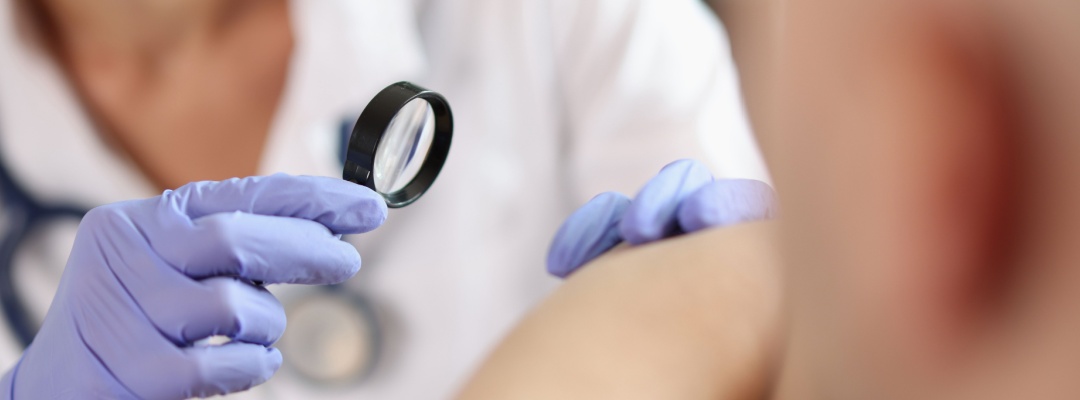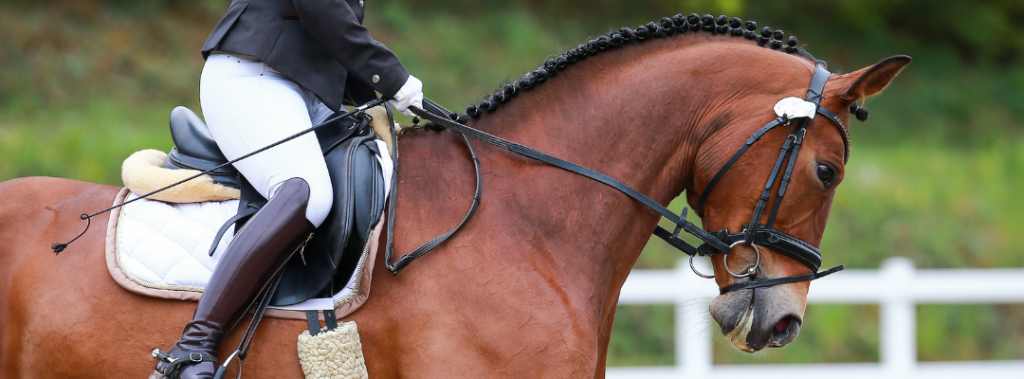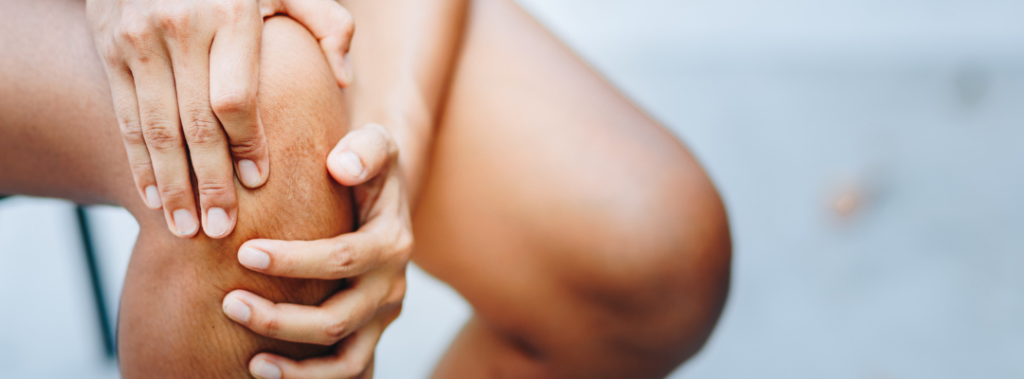
In the world of healthcare, wound healing is a critical yet often challenging process. Whether dealing with chronic wounds, surgical incisions, or burns, the path to recovery can be fraught with complications such as slow healing, inflammation, and infection. In the United States alone, chronic wounds affect approximately 6.5 million patients annually, underscoring the need for effective and innovative treatments. Enter Low-Level Laser Therapy (LLLT), a non-invasive approach that is gaining traction as a powerful tool in the realm of wound care.
Understanding the Science Behind LLLT for Wound Healing
Low-Level Laser Therapy, or LLLT, is a form of photobiomodulation that uses low-intensity lasers to stimulate cellular processes. The therapy works by delivering specific wavelengths of light to the affected area, which penetrates the skin and reaches the underlying tissues. This light energy is absorbed by the mitochondria within cells, leading to an increase in ATP (adenosine triphosphate) production. ATP is the primary energy source for cellular functions, and its increased production accelerates the repair and regeneration of damaged tissues.
LLLT also stimulates blood circulation, which is crucial for wound healing. Improved blood flow ensures that oxygen and essential nutrients are delivered to the wound site, aiding in tissue repair. Additionally, LLLT promotes collagen production, a key component in skin repair, and enhances the formation of new blood vessels, further supporting the healing process.
The application of LLLT in wound care typically involves multiple sessions, depending on the severity and type of wound. Treatments are usually short, lasting only a few minutes per session, but their cumulative effects can lead to significant improvements in healing outcomes.
Clinical Evidence Supporting LLLT in Wound Healing
The efficacy of Low-Level Laser Therapy in wound healing is supported by a growing body of clinical evidence. Numerous studies and clinical trials have demonstrated the positive impact of LLLT on various types of wounds, including diabetic ulcers, pressure sores, and surgical wounds.
For instance, studies have found that patients with diabetic foot ulcers who received LLLT showed a significantly faster healing rate compared to those who did not receive the therapy. The study highlighted not only the accelerated wound closure but also a reduction in pain and inflammation, which are critical factors in wound management.
LLLT’s Role in Reducing Inflammation and Preventing Infection
One of the key challenges in wound healing is managing inflammation. While inflammation is a natural part of the healing process, excessive or prolonged inflammation can hinder recovery and increase the risk of chronic wounds. LLLT has been shown to have potent anti-inflammatory effects, which help to control and reduce swelling at the wound site. By modulating the inflammatory response, LLLT creates a more conducive environment for healing, allowing tissues to repair themselves more efficiently.
Infection is another major concern in wound care, particularly for chronic wounds or those in immunocompromised patients. LLLT contributes to infection prevention by enhancing local immune responses and improving blood flow to the wound area. Increased circulation not only brings more oxygen to the tissues but also helps flush out toxins and bacteria, reducing the likelihood of infection.
Using LLLT as part of a wound care regimen may lower rates of infection compared to those receiving standard care alone. This makes LLLT a valuable addition to wound care protocols, particularly in cases where the risk of infection is high.
Integrating LLLT into Wound Care Protocols
For healthcare providers looking to incorporate LLLT into their wound care protocols, understanding the available devices and treatment options is crucial. LLLT devices range from small, handheld units suitable for outpatient clinics to more advanced systems used in hospital settings. When selecting a device, factors such as the wavelength of the laser, the power output, and the intended application should be considered to ensure the best possible outcomes.
Proper training is essential for the effective use of LLLT. Healthcare professionals should seek out certification programs and ongoing education to stay current with best practices. This ensures that treatments are administered safely and effectively, maximizing the benefits for patients.
In addition to technical training, patient education is also important. Explaining the benefits and expected outcomes of LLLT can help patients feel more comfortable and engaged in their treatment plans, leading to higher compliance and better results.
Conclusion
Low-Level Laser Therapy is revolutionizing the field of wound healing, offering a non-invasive, scientifically-backed approach to accelerating recovery, reducing inflammation, and preventing infection. As more clinical evidence emerges, the role of LLLT in wound care continues to expand, providing healthcare providers with a powerful tool to enhance patient outcomes.
For healthcare professionals, integrating LLLT into wound care practices can set them apart, offering patients innovative treatment options that improve healing times and overall satisfaction. As the adoption of LLLT grows, its impact on wound healing is likely to be profound, transforming the way we approach this critical aspect of patient care.



